Ship or pick up from our office.
Power converters - AC 24 V to DC 15 V
A "Power converter - AC 24 V to DC 15 V" is a device that transforms an alternating current (AC) input of 24 volts into a direct current (DC) output of 15 volts.
Here's a breakdown of what that means and how it works:
AC (Alternating Current): This is the type of electricity typically supplied by wall outlets in homes and businesses. The voltage constantly changes direction, flowing back and forth. 24V AC is a common voltage for certain low-voltage control systems, industrial equipment, and sometimes HVAC systems.
DC (Direct Current): This is the type of electricity that flows in only one direction. Most electronic devices, like phones, laptops, and many sensors or control circuits, require DC power.
How an AC to DC Converter Works: An AC to DC converter (also known as a rectifier or power supply) typically involves several stages:
- Step-Down Transformer: The initial 24V AC is usually too high for direct conversion to 15V DC. A transformer "steps down" this AC voltage to a lower, more manageable AC voltage.
- Rectification: This is the core of the AC to DC conversion. Diodes are used to convert the alternating current into a pulsating direct current. There are different types of rectifiers (half-wave, full-wave, bridge) that achieve this with varying degrees of efficiency and ripple.
- Smoothing (Filtering): The pulsating DC output from the rectifier isn't perfectly smooth. Capacitors are used to "smooth out" these ripples, creating a more stable DC voltage.
- Regulation: To ensure a precise and constant 15V DC output, a voltage regulator is often employed. This circuit maintains the output voltage at the desired level, even if the input voltage fluctuates or the load on the power supply changes.
Applications: Converters that transform 24VAC to 15VDC are used in various applications, particularly in industrial, building automation, and low-voltage control systems where 24VAC is a readily available power source, but specific devices require 15VDC. Examples include:
- Industrial control systems: Powering sensors, actuators, and control circuits that operate on 15VDC.
- HVAC systems: Often 24VAC is used for thermostats and control panels, but some components within the system might require 15VDC.
- Security systems: Powering cameras, access control devices, and other equipment.
- Lighting systems: Especially in specialized LED lighting setups.
- Custom electronics projects: Where a stable 15VDC is needed from an existing 24VAC infrastructure.
When choosing such a converter, you'd consider factors like:
- Output current (Amps): How much current the connected device needs.
- Power rating (Watts): The total power the converter can deliver.
- Efficiency: How much energy is lost during the conversion process (higher efficiency means less heat and less wasted energy).
- Protection features: Over-voltage, over-current, short-circuit protection for safety and device longevity.
- Form factor: Whether it's an open-frame, enclosed, or DIN-rail mount design.

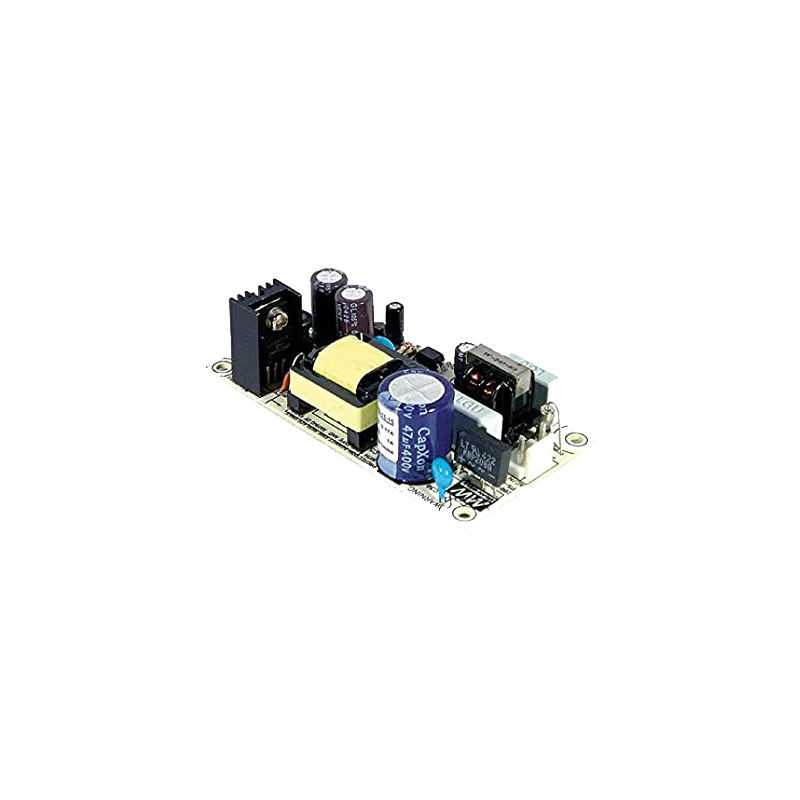
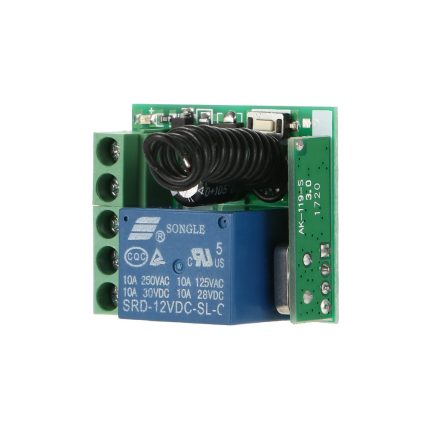
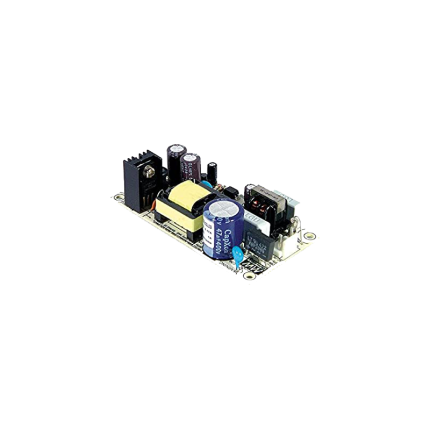

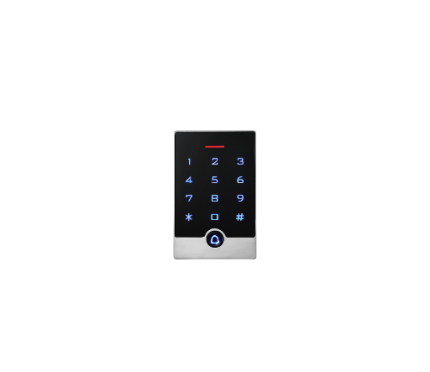
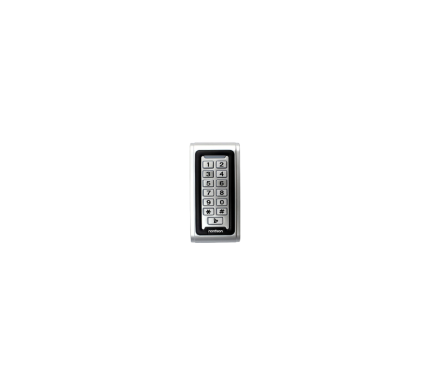
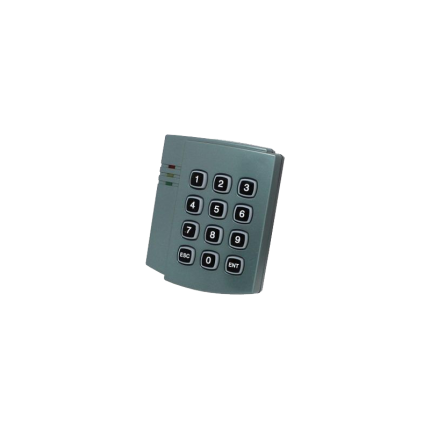
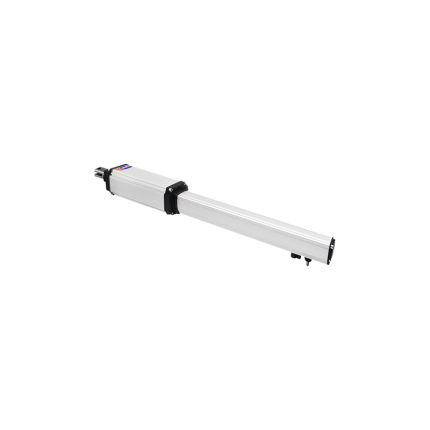
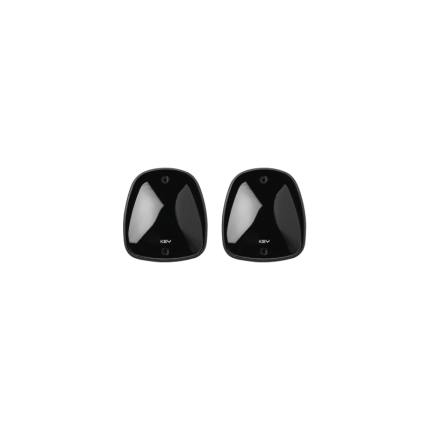
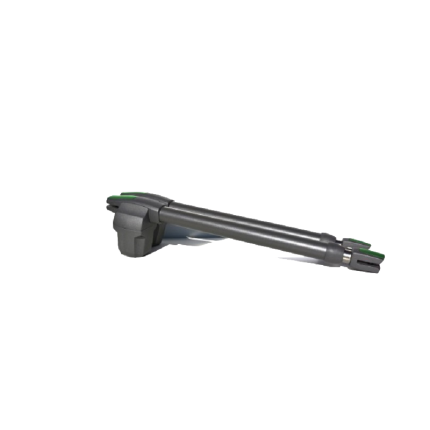
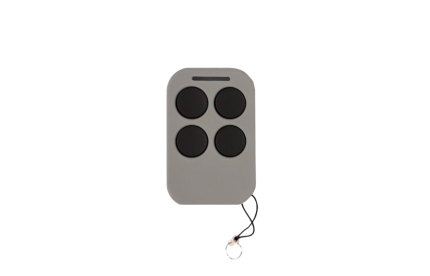
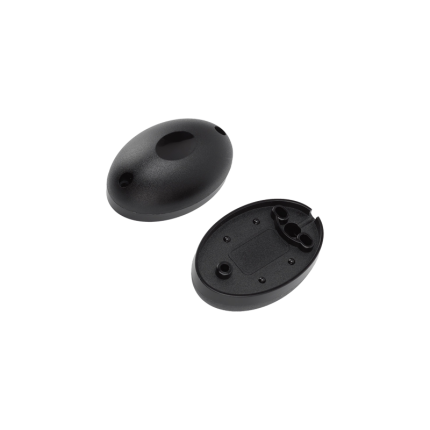
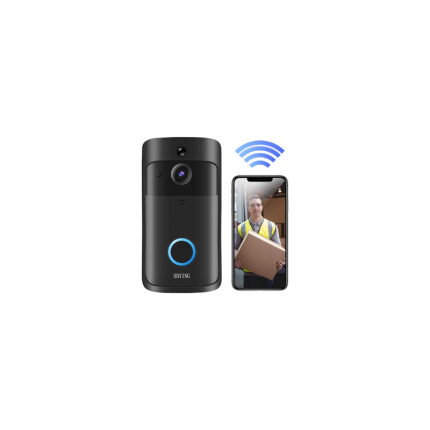
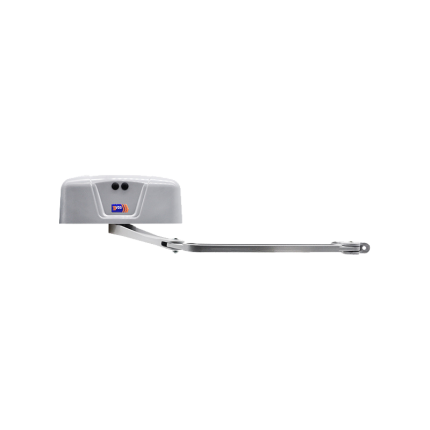
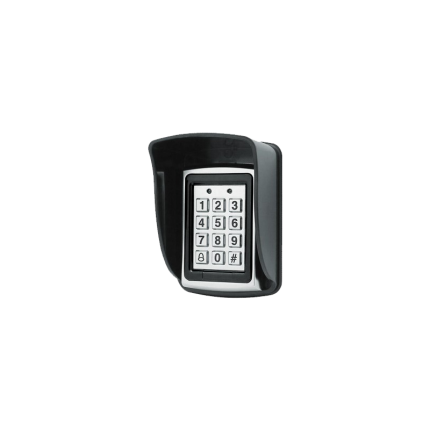









Reviews
There are no reviews yet.